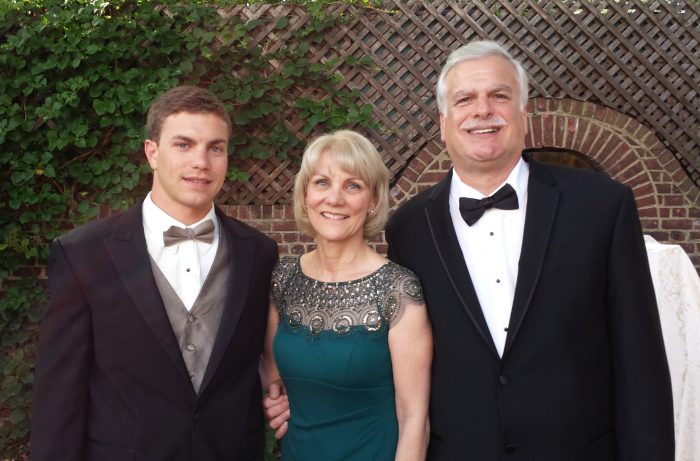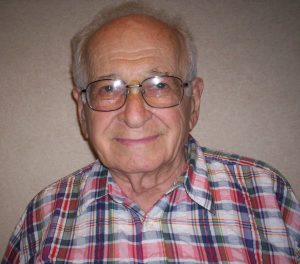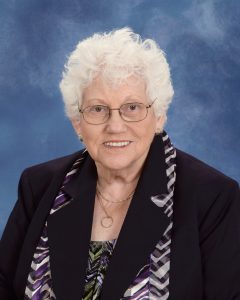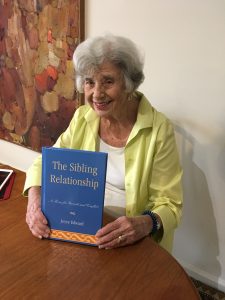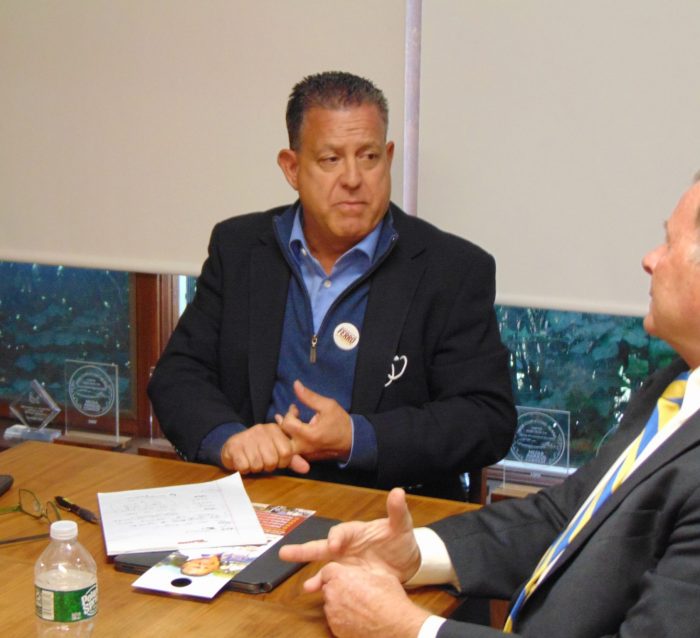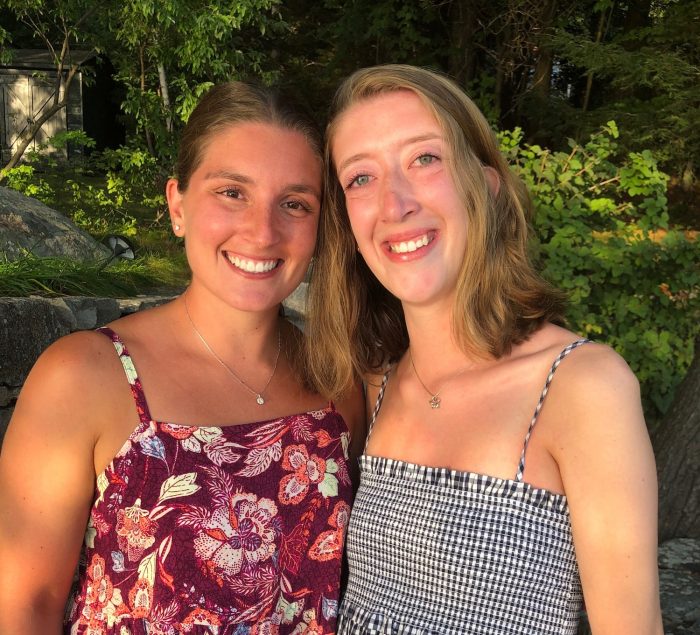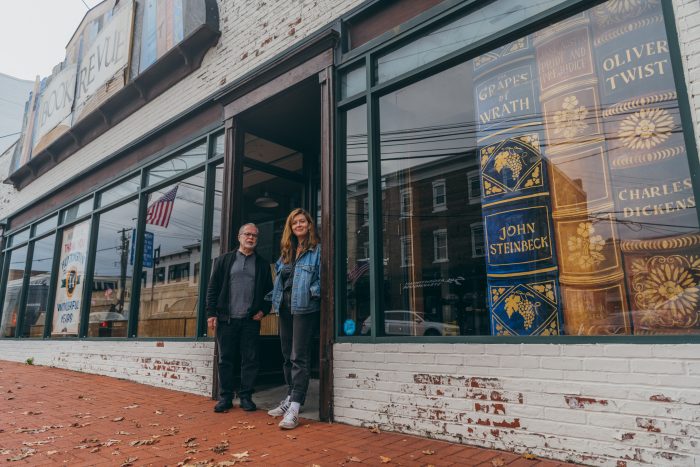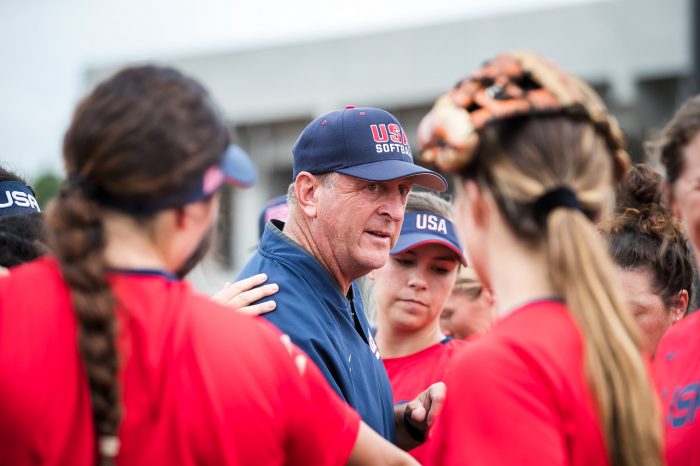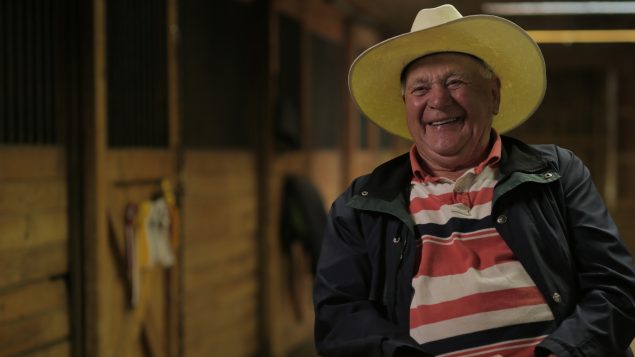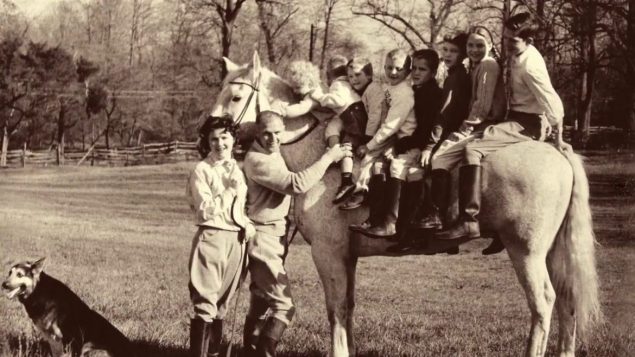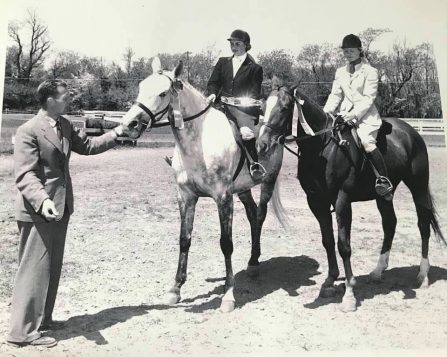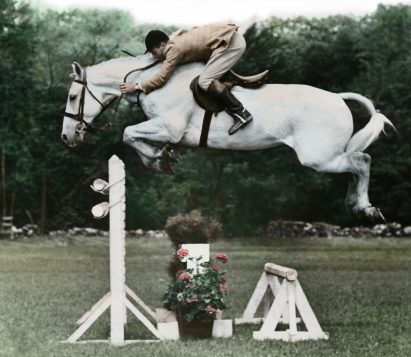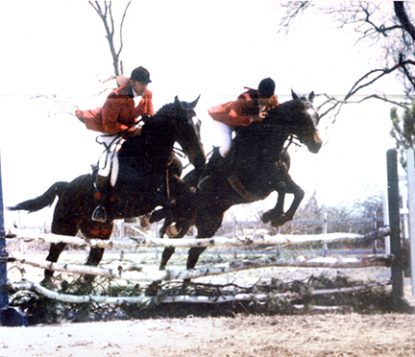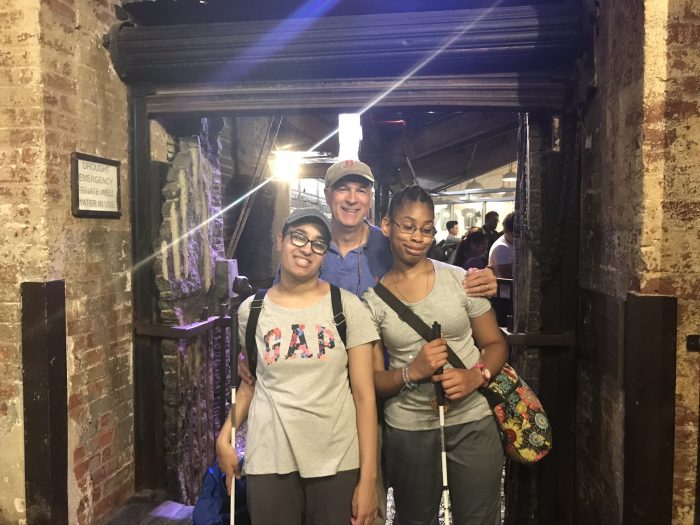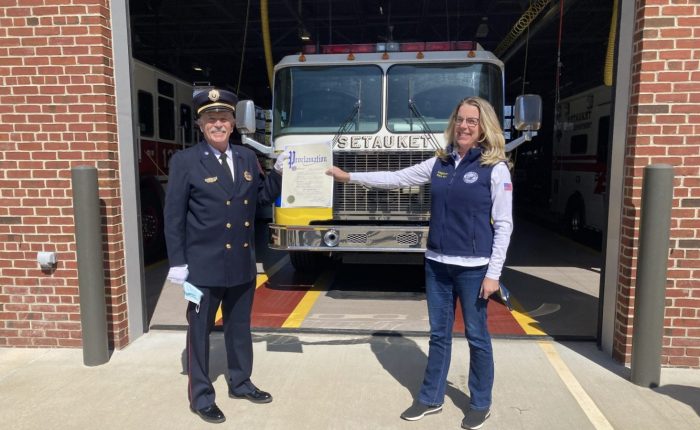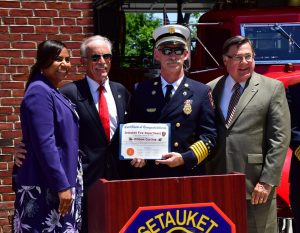As a new year began and the Three Village Historical Society looked toward the future, a new board was sworn in, including new president Jeff Schnee.
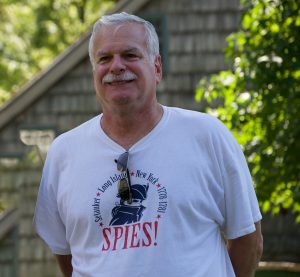
Previously co-vice president of the society, Schnee takes over the position that Stephen Healy has held for the past five years.
The new society president said he grew up in Queens, and when he arrived in the Three Village area to attend Stony Brook University in the mid-1970s, he never looked back. After graduating, he lived by the historical society headquarters on Main Street in Setauket for eight years and now resides in Old Field.
A few years ago, Schnee said when he joined the society’s board, it wasn’t necessarily a love for history that brought him to become a member of the historical society but a desire to help the community, something that he has aimed to do since his college days when he helped to start SBU’s dorm patrol walk service and to bring a student cafe to the university’s Gershwin building.
“I was always interested in community service,” he said. “I think it’s something everyone should do.”
The Dominick-Crawford Barn also drew him to the society. The pre-Civil War barn once sat across the street from his home in Old Field. Due to lack of upkeep and exposure to the elements, it was in poor condition.
When the historical society approached the Old Field board of trustees about moving the barn to the field adjoining its headquarters, Schnee said it was the right move. With talks going on about the barn, he decided to join the historical society six years ago.
As for the future of the barn, which will be repaired and used for a museum and education center, the new president said he’s excited. When the weather gets warmer, there will be a groundbreaking and work will begin with plans for an archives center on the second floor. The hope is that the barn will be completed within the year, Schnee said.
With an archives space, residents will be able to come to the barn and work with the archives, and the museum will provide opportunities for school trips.
“What we try to do is to make the local community aware of the history here,” he said.
TVHS is also aiming to begin the digitalization of its archives to make them more accessible to the public. For two months this spring, a group will come in and archive the society’s painting collection, according to Schnee. Then a plan will be developed to figure out what platform to use to digitize all of the archives, a process which can take a few years.
Schnee makes it clear to everyone that he’s not an expert on local history but feels he brings a lot to the table due to his education and career background that covers the fields of technology, finances, IT and business.
“I’m not a historian, history was never my thing,” he said. “I’m an operations guy.”
Throughout his career, Schnee has worked with human resources professionals and facility departments which have enhanced his skill set.
“I’m a new tool in the toolbox for the Three Village Historical Society,” he said.
“I’m not a historian, history was never my thing. I’m an operations guy.”
— Jeff Schnee
Since he became co-vice president two years ago, the historical society has had to face the challenges that arrived with COVID-19. The society couldn’t hold events at the height of the pandemic and wasn’t able to recruit new board members. The society members turned to Zoom to conduct meetings as well as for lectures and educational programs.
Technology also came in handy as staff members switched to working from home instead of the office, Schnee said, with the society switching from relying on a server and to using a cloud-based product.
With COVID-19 mandates being lifted, the organization is looking to get back into action. Last summer and fall, the society was able to host its farmers and artisans market. Schnee said as the society began to recruit new board members once again, they looked for people with experience in archiving, human resources and grant writing.
Another new goal is to work with other local organizations, he said, such as museums and other art and historical organizations.
“We shall be working together, because a patron who comes to the Three Village Historical Society — they’re interested in educating themselves — and it could either be the Culper Spy Ring or it could be for the Chicken Hill exhibit, to talk about a community that existed here in the past, or as simple as to find out the history of their home,” he said, adding that the society has the archives to help people learn about their home or street where they live.
“So, once they finish our tours, they’re going to go and look somewhere else and half the time they ask us for what else is in the area to do?”
He said relationships can be cultivated during the society’s annual Candlelight House Tour and the farmers market. This year the Reboli Center for Art & History was a stop for the tour and where participants were able to pick up their event tickets. The feedback from the center was that many people told them they didn’t realize the center existed. He said the historical society working with Gallery North on events has also been beneficial.
As for sharing local history, Schnee is excited about a new app called Tapestry. With a $125,000 grant from the Robert David Lion Gardiner Foundation, the historical society will be working with a company to develop an augmented reality experience and will be only one of five museums to have AR added to one of its exhibits. Preliminary work has been done, and the hope is that the TVHS will be able to launch it in early spring.
Visitors will be able to use their smartphones at the Spies! exhibit at the society’s headquarters to download the app and then point at different pictures and artifacts which will bring up additional educational content.
“When you finish the tour, you will then take your smartphone, and it’ll guide you throughout the community to a few historically significant sites of the Culper Spy Ring, and then you hold the phone up, point at some different landmarks, and you’ll see how things were in the past.”
Schnee said when he attended Stony Brook University, he didn’t realize the rich history of the area.
“Honestly, I didn’t know the George Washington spies were in Setauket,” he said. “I didn’t know about Chicken Hill. I didn’t know that existed.”
With the appreciation of local history he’s developed over the years — even though he said he can only give the 5 cent tour — he’s ready for the future of TVHS.
Above, Three Village Historical Society’s new president Jeff Schnee, right, with his wife, Jeri-Ann, center, and son Dan. Below, Schnee at Culper Spy Day last September. Photo from Jeff Schnee

